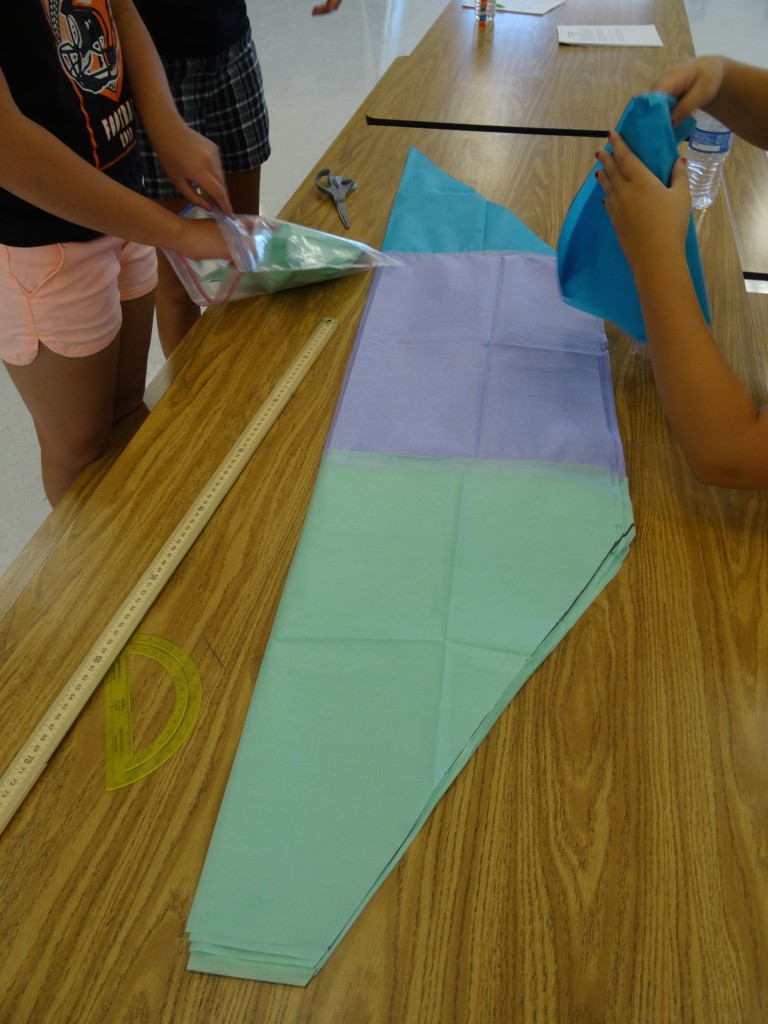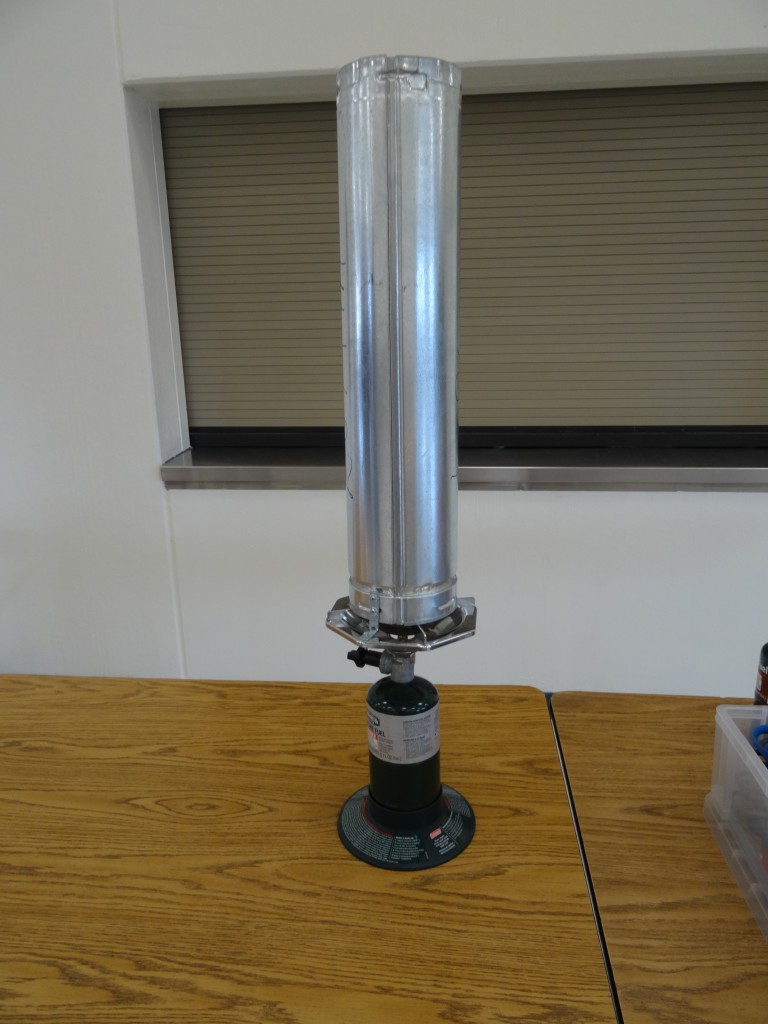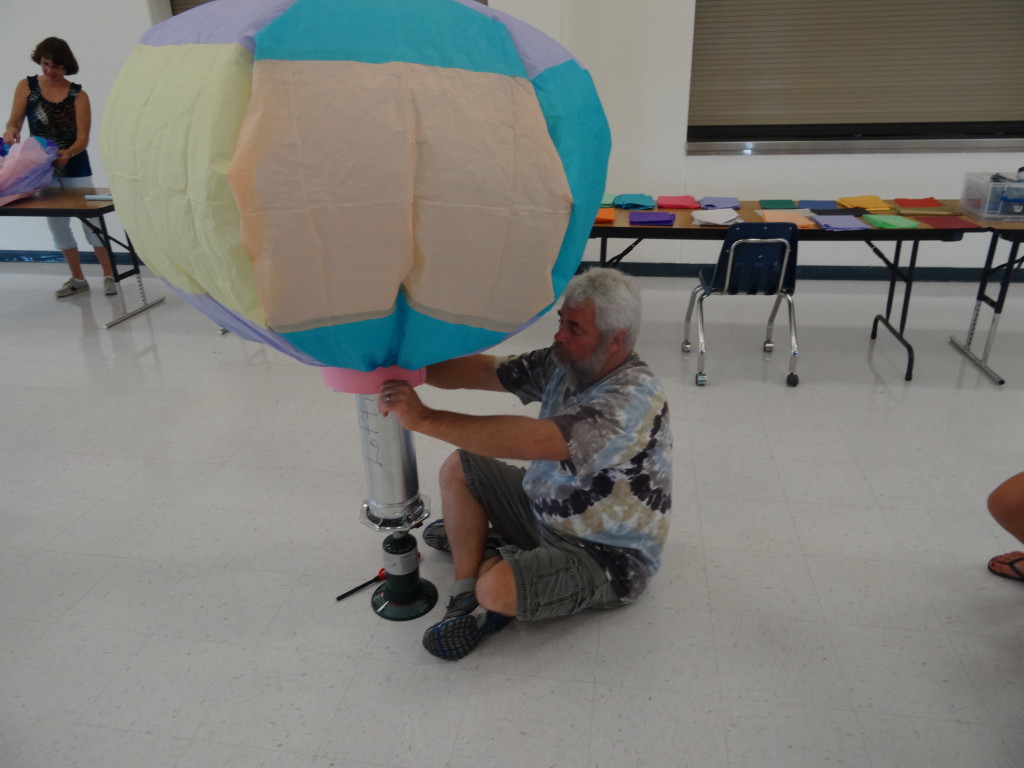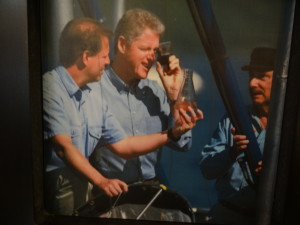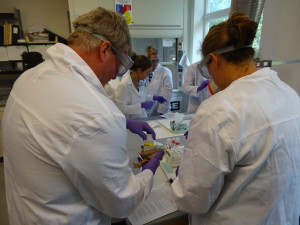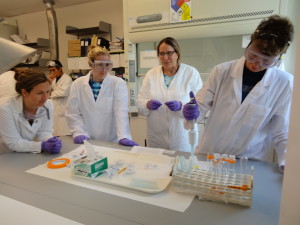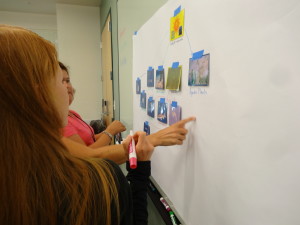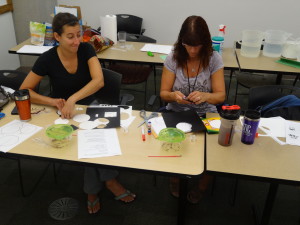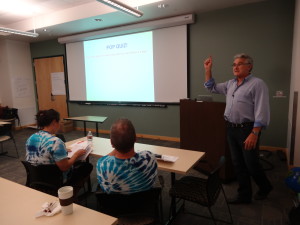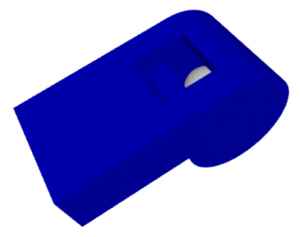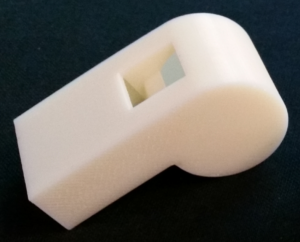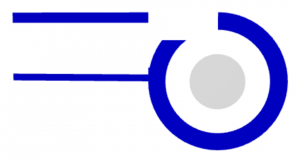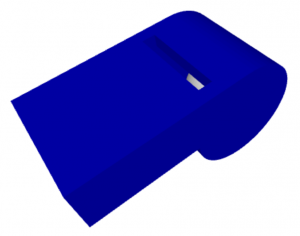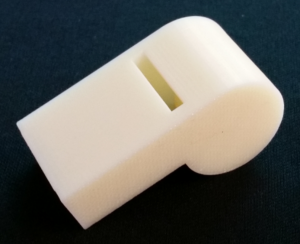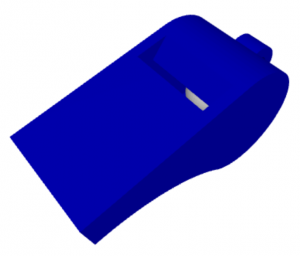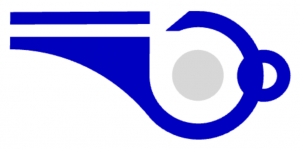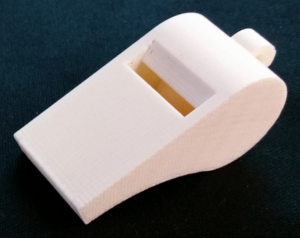Why should education leaders embrace digital technologies in their schools? 
1) If you are in a state that adopted the “Common Core State Standards” (CCSS) you really don’t have a choice. There are many (yes many) English Language Arts standards alone that require students as young as kindergarten to use technology to read, produce and publish digital content and to collaborate in doing so. Just a few examples from the CCSS:
K – 12 – Use technology, including the Internet, to produce and publish writing and to interact and collaborate with others.
K-12 – With guidance and support from adults, explore a variety of digital tools to produce and publish writing, including in collaboration with peers.
6th grade – (NOTE: by 6th grade the “… guidance and support from adults …” is gone. 6th graders are to master this standard on their own) Use technology, including the Internet, to produce and publish writing as well as to interact and collaborate with others; demonstrate sufficient command of keyboarding skills to type a minimum of three pages in a single sitting.
5th grade – Analyze how visual and multimedia elements contribute to the meaning, tone, or beauty of a text (e.g., graphic novel, multimedia presentation of fiction, folktale, myth, poem).
I’m not sure how we get our students to the mastery of these standards, and many others without ubiquitous access to and utilization of the technologies required.
2) Collaboration – This was already stated in the standards above, but those were specifically language arts standards. Communication and collaboration are already key to being educated, but also in getting a job. Learning to collaborate with the student next to you in class or in your group is great, but technology makes it easy (yes, easy) to collaborate globally. Will it be “good enough” if students just learn to collaborate in class? Will that foster solid collaboration skills with today’s (and tomorrow’s) technologies? Not that getting a job is the only reason to learn solid collaboration skills, but getting a job without having those skills is not getting easier. Mastering all the ways collaboration is leveraged personally and using technology is vital.
3) Programming and design – 3D printing (did you know they are printing whole houses, food and blood vessels already?), also – software development, engineering, graphics, architecture, transportation, art, medicine, and much more all rely on programming and design skills … this is what is happening now in fields with good paying jobs.
4) Inventing (often referred to as “making” these days) – This is hands on and motivating and requires the skills developed through pedagogy that includes all of the above.
5) Problem solving – (See above)
So you think children are already mastering these skills and technologies on their own by using their smart phones and other technology 24/7? Ok, let’s see how that works out with your students.
I don’t pretend that I’ve included all the reasons that leaders should consider (please add your own in the comments). But these are not easy or cheap changes that have to happen. We’re not going to provide the technology and professional development and commitment to change on the cheap. Only real leadership will get us there.
Learning is messy!

